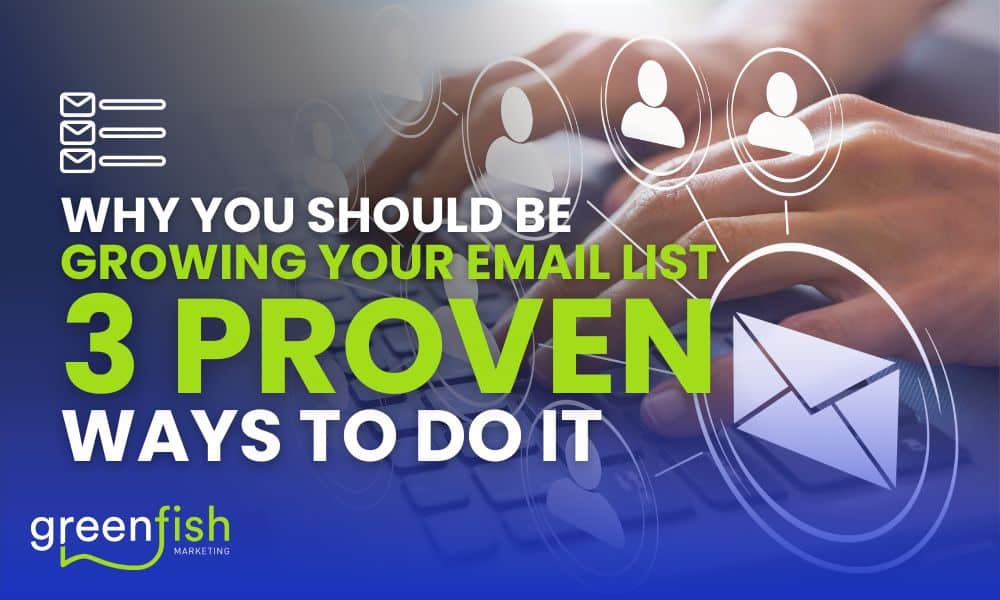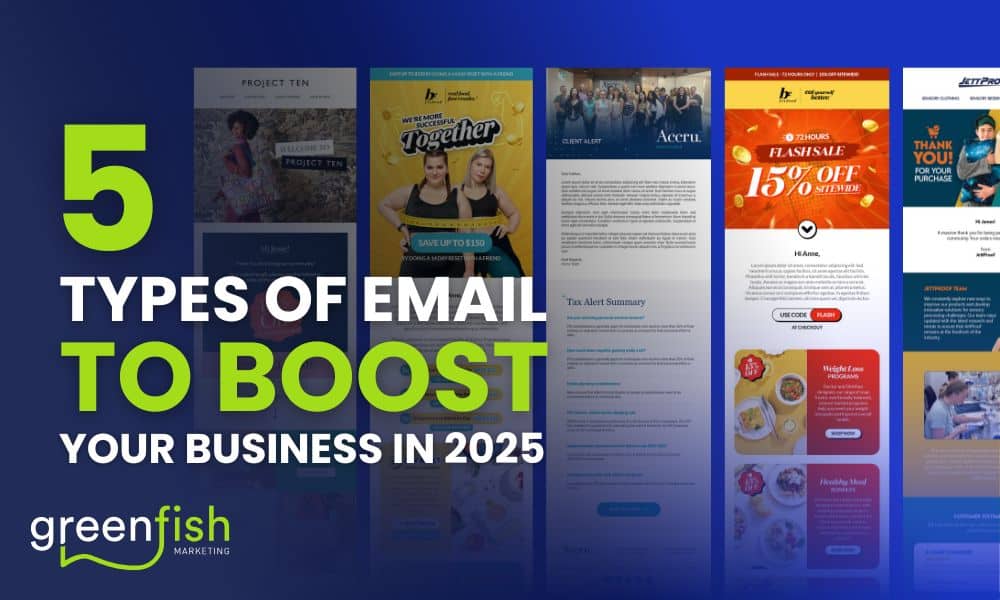When it comes to email marketing, many businesses turn to Mailchimp for its name recognition and user-friendly interface. However, what might seem like a cost-effective choice could actually be eating into your profits in ways you may not have realised.
Here are five reasons why Mailchimp may be costing you far more than just its monthly subscription fee—and why it might be time to explore alternatives better suited to your eCommerce needs.
1. Paying for Unsubscribed Contacts
Did you know that Mailchimp charges for unsubscribed contacts? If a subscriber opts out of your emails, they remain in your audience count, which directly impacts your bill. While this may seem minor, the costs add up significantly over time, especially for larger lists.
To make matters worse, managing these inactive contacts requires manual effort or automation tools that Mailchimp doesn’t include in its basic plans. For eCommerce businesses, where customer churn is natural, paying for contacts who no longer want to hear from you is not just frustrating—it’s an unnecessary expense.
What you’re really paying for: A bloated contact list that doesn’t deliver ROI.
2. Built for Everyone, Not Specifically for eCommerce
Mailchimp markets itself as an all-purpose platform, which means its features are designed to work “just okay” for all industries but aren’t tailored to meet the specific needs of eCommerce. As an online retailer, you need tools built for driving sales—features like robust product recommendations, abandoned cart recovery, and deep Shopify or WooCommerce integrations.
Mailchimp’s limitations in these areas force eCommerce brands to cobble together solutions or settle for generic templates that don’t fully capitalise on their sales potential.
What you’re really paying for: A platform that prioritises being “good enough” for everyone rather than perfect for your business model.
3. Limited Segmentation
Segmentation is the cornerstone of effective email marketing, allowing you to target specific customer groups with tailored messaging. Unfortunately, Mailchimp’s segmentation tools are restrictive and lack the depth needed for serious eCommerce campaigns.
For example, you might want to send an email to customers who purchased a specific product category in the past three months but exclude those who bought during a recent sale. Mailchimp’s segmentation rules can’t always handle such detailed logic without workarounds or external tools.
What you’re really paying for: A system that limits your ability to personalise campaigns and maximise ROI through targeted marketing.
4. Needing an External Pop-Up Tool to Collect Emails
Capturing email addresses is a critical step in building your marketing funnel. Surprisingly, Mailchimp doesn’t include built-in pop-up functionality for list growth in its basic plans, meaning you’ll need to invest in an external tool.
Platforms like OptinMonster or Privy come with additional fees that can quickly double or triple your email acquisition costs. Without these tools, you’re left relying on static forms that don’t perform as well as dynamic, timed pop-ups designed to grab attention.
What you’re really paying for: Additional third-party software just to fill a basic eCommerce need.
5. Limited Automation Features
Automation is a game-changer for eCommerce marketing, enabling you to send timely, relevant messages based on customer behaviour. However, Mailchimp’s automation capabilities are rudimentary compared to specialised eCommerce platforms like Klaviyo or ActiveCampaign.
For example, advanced automations like post-purchase follow-ups, multi-step workflows, or dynamic product recommendations are either unavailable or require considerable effort to set up in Mailchimp. This lack of functionality translates into lost revenue opportunities and wasted time.
What you’re really paying for: Missed opportunities to streamline your marketing and drive revenue growth through automation.
The Bottom Line
Mailchimp may seem like a budget-friendly choice at first glance, but when you dig deeper, its shortcomings can lead to hidden costs and lost revenue. From paying for inactive contacts to dealing with limited eCommerce features, the expenses can far exceed the monthly subscription fee.
What to do next:
- Audit your email marketing expenses, including additional tools you’ve had to integrate with Mailchimp.
- Consider platforms tailored for eCommerce, such as Klaviyo, Drip, or Omnisend, which offer robust segmentation, automations, and built-in tools for growing your list.
- Focus on finding a solution that grows with your business rather than holding you back.
Your email marketing should be an investment that delivers measurable ROI—not an ongoing drain on your resources. It’s time to take control of your strategy and maximise your potential.
Apply for FREE Mailchimp Review and take your business to another level. Learn more here.





